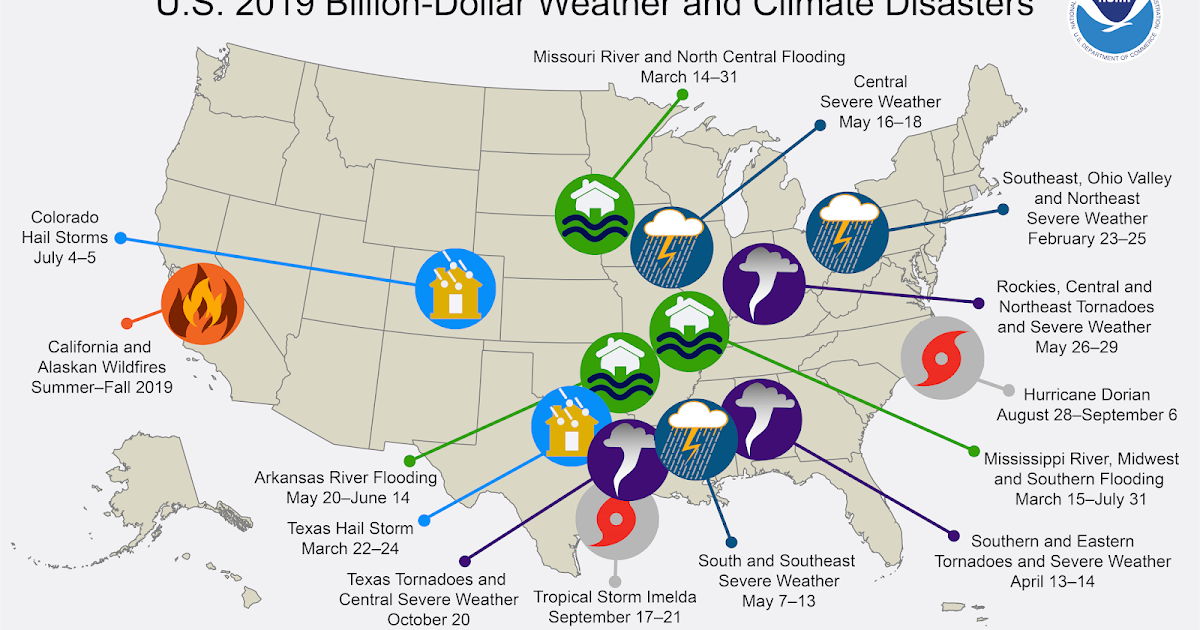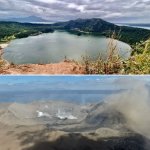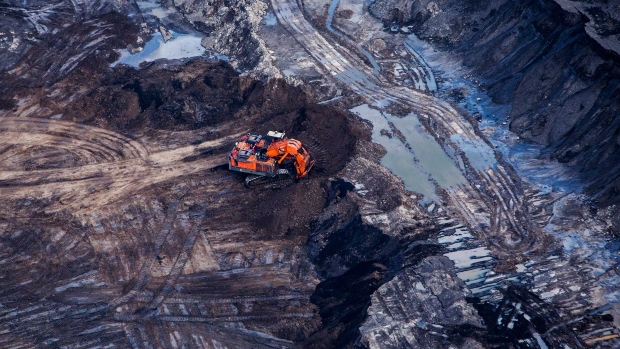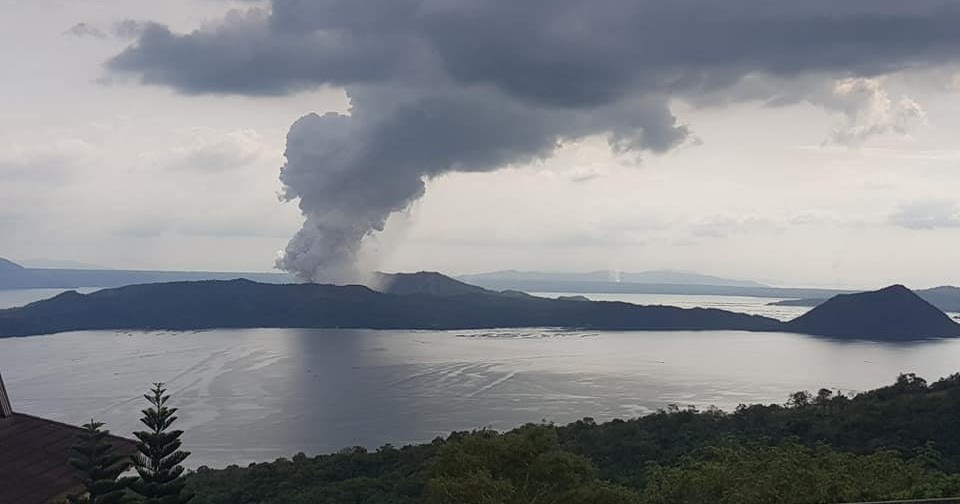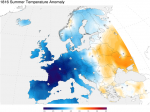A few pics at the link did not copy over -
Was the Taal Volcano eruption large enough to influence the climate?
By Brian Lada, AccuWeather meteorologist and staff writer
Severe Weather Udated jan. 17, 2020 2:05 PM
The Taal volcano
roared to life last weekend for the first time in more than 40 years, sending a massive plume of volcanic ash towering over the Philippines.
This was the first time that Taal has erupted since 1977, an event that marked the end of an active period for the volcano that had begun in 1965. Taal did show signs of unrest periodically throughout the 1990s, but it did not erupt during that period,
according to the Philippine Institute of Volcanology and Seismology.
The eruption, which began on Jan. 12, 2020, has forced more than 125,000 people to evacuate the Philippine province of Batangas, where the volcano is located. A state of calamity has been declared for the zone surrounding the volcano,
according to The Associated Press.
During the height of the eruption, a large plume of searing hot volcanic ash blossomed approximately 50,000 feet, about 9.5 miles, into the atmosphere, with some materials making it into the stratosphere,
according to observations from NASA. The eruption was accompanied by
incredible displays of volcanic lightning, which made for
breathtaking video footage, fountains of scalding lava and
more than 400 earthquakes.
The aftermath of the eruption had the country's president, Rodrigo Duterte, using no uncertain terms to describe the impact on the surrounding communities.
"It is now a no man's land," Duterte declared,
according to Al Jazeera. "It's like heaven and earth fell on it."
The fallout downwind of the eruption has blanketed areas dozens of miles away from the volcano itself, including Metro Manila, located about 101 km (63 miles) north of the eruption.
“Ash fallout to the ground can pose significant disruption and damage to buildings, transportation, water and wastewater, power supply, communications equipment, agriculture, and primary production leading to potentially substantial societal impacts and costs, even at thicknesses of only a few millimeters or inches,” the USGS explains on its volcano hazards website. “Additionally, fine-grained ash, when ingested can cause health impacts to humans and animals. “
The deteriorating air quality due to the ash has caused at least six people to be sent to a hospital in Tagaytay City in Cavite
due to respiratory ailments, The Associated Press reported.
One death has also been reported after a vehicle crashed on a slippery, ash-covered road.
The abundance of ash in the atmosphere surrounding Taal snarled air traffic, causing
more than 600 flights across the region to be canceled. If the fine volcanic ash enters the engines of an airplane,
it can have disastrous results, endangering the lives of all those aboard the flight.
“Volcanoes do affect the weather, and some major ones affect the climate if you define climate as anything beyond a year or two,” Dr. Joel Myers, Founder, President and Chairman of AccuWeather, said.
In extremely powerful volcanic eruptions, the ash and aerosols released in the eruption can pass through the troposphere, the lowest layer of Earth’s atmosphere, and penetrate into the stratosphere, the second layer of the atmosphere. If enough of the ash and other pollutants released in the eruption make it into the stratosphere, they can influence the climate around the globe. The boundary between the troposphere and stratosphere is about 6 miles (10 km) above the ground, a little higher than where commercial jets typically fly.
“The most significant climate impacts from volcanic injections into the stratosphere come from the conversion of sulfur dioxide to sulfuric acid, which condenses rapidly in the stratosphere to form fine sulfate aerosols,”
the USGS explained.
These aerosols high in the atmosphere reflect light from the sun back into space, resulting in a cooling effect in Earth’s lower atmosphere.
“There is no question that very large volcanic eruptions can inject significant amounts of carbon dioxide into the atmosphere,” scientists at the USGS say, but they also note that “the carbon dioxide released in contemporary volcanic eruptions has never caused detectable global warming of the atmosphere.”
Significant volcanic eruptions in the tropics can also have more of an influence on the global climate than those closer to the poles.
“Because of atmospheric circulation patterns, eruptions in the tropics can have an effect on the climate in both hemispheres while eruptions at mid or high latitudes only have an impact the hemisphere they are within,” the
University Corporation for Atmospheric Research explained.
The most powerful volcanic eruption in recorded history directly influenced temperatures around the globe for years and was responsible for what became known as the ‘Year Without a Summer.'
“One of the most dramatic examples" of this phenomenon over the last few 100 years was the eruption of Mount Tambora in 1815, Myers said. That eruption "caused a few years of cold weather, some of it extraordinary,” he explained. “This includes 1816,
the Year Without a Summer, when frost occurred in New England in every month of the year — affecting crops and on one July day when snow flurries were reported in Long Island Sound.”
AccuWeather Senior Meteorologist Dan Kottlowski said that scientists are also unsure that the Tambora eruption was the sole factor behind the Year Without a Summer. Kottlowski, who is also AccuWeather's chief hurricane expert, said, "There are potentially other factors that couldn't be measured at the time or weren't understood at the time that could've been contributing factors to the unusual weather in the Northeast that year. "
A more recent example of a volcano having a direct correlation with a decrease in the global temperature took place in the early 1990s following the cataclysmic eruption of Mount Pinatubo in the Philippines.
The eruption of Mount Pinatubo was more powerful than that of Mount St. Helens, sending an enormous plume of volcanic ash and aerosols as high as 28 miles (40 km).
“Nearly 20 million tons of sulfur dioxide were injected into the stratosphere in Pinatubo's 1991 eruptions, and dispersal of this gas cloud around the world caused global temperatures to drop temporarily (1991 through 1993) by about 1°F (0.5°C),”
according to the USGS.
Pinatubo’s eruption was orders of magnitude larger than that of Taal’s eruption earlier this year, so any impacts on the global climate through the balance of 2020 and into 2021 from the eruption are likely to be minimal or negligible.
However, if the early January eruption of Taal is followed up by a series of larger eruptions that disperse large quantities of aerosols into the stratosphere, then the probability of the volcano influencing the global climate would increase.
Taal has spewed smaller ash and steam explosions throughout the week, and as of Friday, it was still under alert for a hazardous eruption,
The Associated Press reported. Officials have warned that "life-threatening" subsequent eruptions remain a real possibility.



